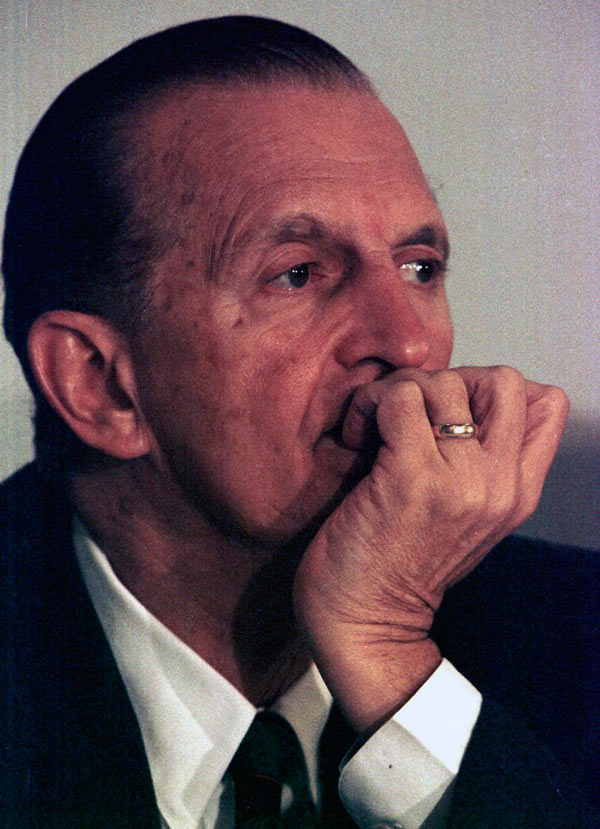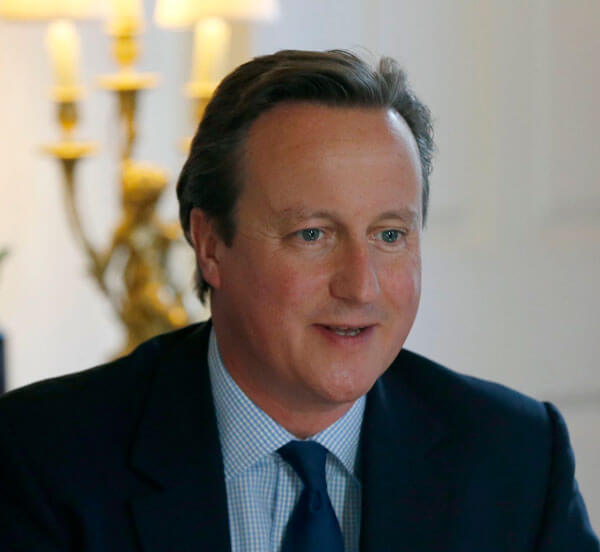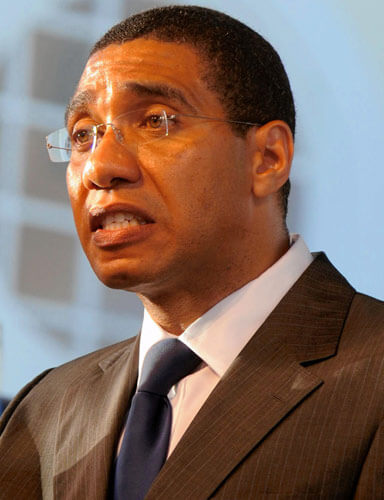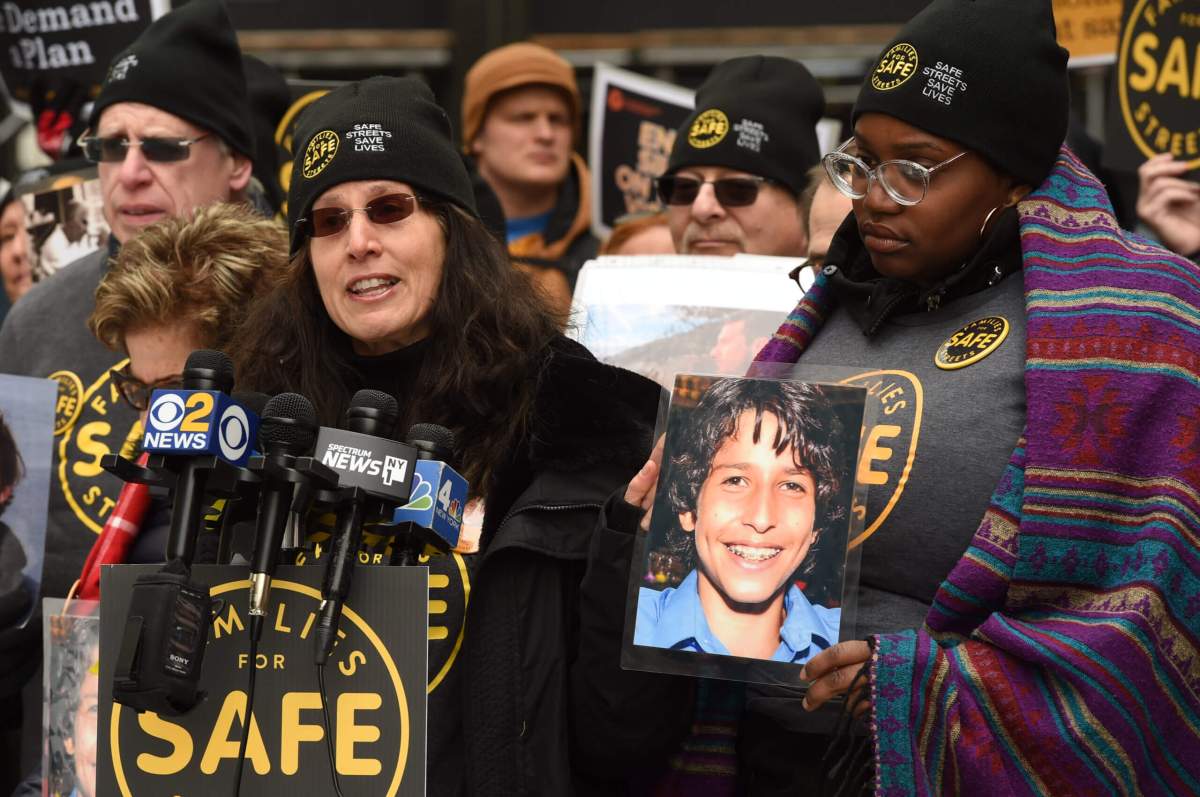One former prime minister and the current leader of Jamaica are expected to add to the alluring annual celebration of the island’s independence on Aug. 25 when diasporans and friends mark the 55th years of self rule.
Both leaders of the Jamaica Labour Party, they also represent the oldest and youngest living rulers of the nation.
Eighty-seven year-old Edward Seaga will join his successor Andrew Holness, 45, and in addition to uniting the elder statesman with the youngest prime minister in the history of the country the festive ball will establish an unprecedented significance with the presence of two heads of government at the event which has been the hallmark for diasporans in New York since the Jamaica Progressive League first initiated the tradition soon after 1962.
Seaga became leader of the JLP in 1974.
At age 29, he was the youngest person to hold membership in Jamaica’s senate.
He was elected the fifth leader of the independent nation and served two successive terms from 1980 – 1989.
Holness was voted the ninth leader last year and took the high office for a second time after briefly serving as prime minister from Oct. 2011 to Jan. 2012 when Prime Minister Bruce Golding resigned.
Holness will be this year’s guest of honor while Seaga’s presence was invited in acknowledgement of his relentless contribution and service to the island.
Together, Holness and Seaga are expected to continue the revelry which began on Aug. 6 the actual date in 1962 when Jamaica became the first English-speaking colonial Caribbean country to demand independence from Britain.
Hosted by Trudy Deans, Consul General to New York, the swank affair is expected to attract celebrants from all regions of the nation as well as diasporans residing in Canada.
“Jamaicans are a proud people and this event will represent our collective euphoria surrounding this momentous occasion,” Deans said.
“With the presence of two prime ministers, celebrities and distinguished guests in attendance, this New York gala represents the culmination of our celebration in the diaspora commemorating Jamaica’s 55th year of independence,” Deans added.
Along with a silent auction, the gala will spotlight the talents of singer Estelle, actor and singer Leon and also pay tribute to Patrick Ewing, a native of the island and former New York Knicks basketball player.
Ewing will also be presented with the Son of the Soil Award.
The evening’s entertainment will be provided by reggae singer Romain Virgo and The Unit Band, Likkle Big Band as well as deejays Road International.
The black-tie event is slated to be held in the grand ballroom of the New York Hilton Hotel.
For more information on the event, visit www.jifin
“Whose Streets?” Doc Recalls “Detroit”
It’s been three years since the name Michael Brown resonated with police and civilians as one that sparked a national conversation about the role of each in the community.
It is well documented that following the Aug. 9 shooting of the 18-year-old by police officer Darren Wilson in Missouri, an outraged segment protested nightly – burning and looting – and even coined a phrase that still resounds at rallies decrying police brutality.
“Hands Up! Don’t Shoot” became more than a rallying cry.
It also spawned a national mobilization campaign now known as the Black Lives Movement.
Video images were disturbing, police cars were overturned and burned, businesses suffered and police dressed in riot-gear stormed defiant demonstrators resulting in confrontations and wide-spread bloodletting.
Akin to the Black power movement of the sixties BLM gained traction via social media when supporters of the hashtag and its message garnered endorsers all over the nation.
The anarchy also sparked fury from detractors who felt the movement’s moniker defined a racist perception coined to divide peoples.
Despite the communication gap, protesters returned nightly to the embattled community where a predominantly Black population demonstrated hostility for the oppressive and alleged pervasive racist police force which comprised 50 whites and only three Black officers.
Now a definitive documentary claims that “activists and leaders who live and breathe this movement for justice,” are able to retell the chilling details of the 2014 incident that made national news and informed the world about America’s shame.
Filmmakers Sabaah Folayan and Damon Davis seized the time to release “Whose Streets?” a documentary that compiles voices and eyewitnesses to the tragedy.
Brown was 18 years old when he was gunned down.
That he was left “lying in the street for hours” was more than oversight and perhaps the breaking point for irate community residents to take to the streets.
The fact residents of St. Louis, Missouri had long complained about long-standing racial tensions, renewed anger brought residents together to hold vigils and protests that spilled into riotous confrontations with law enforcers.
Allegedly, empowered parents, artists, and teachers from around the country united as freedom fighters. As the National Guard descended on Ferguson with military grade weaponry, young community members became the torchbearers of a new resistance.
“Whose Streets?” is a powerful battle cry from a generation fighting, not for their civil rights, but for the right to live .
The film opens on Aug. 11.
Also on the circuit for reflection is “Detroit” another film focused on police brutality and the state of racism in America. Nostalgically retracing the uprising that occurred 50 years ago in Michigan after police shot and killed three, Black youths and terrorized many more at a motel.
Three white police officers pulled their triggers but not a single one was ever convicted.
A pattern since 1967 seems the impetus of this film which already is being debated as to whether or not much has changed within the criminal justice system in half a century.
Both films arrive when the climate seems unbearably intolerable.
From Ferguson to Detroit, New York, Los Angeles, Chicago, Washington D.C., Minnesota, Texas and elsewhere, both police and the disfranchised can relate to a systemic issue that does not seem to be waning.
Catch You On The Inside!




















